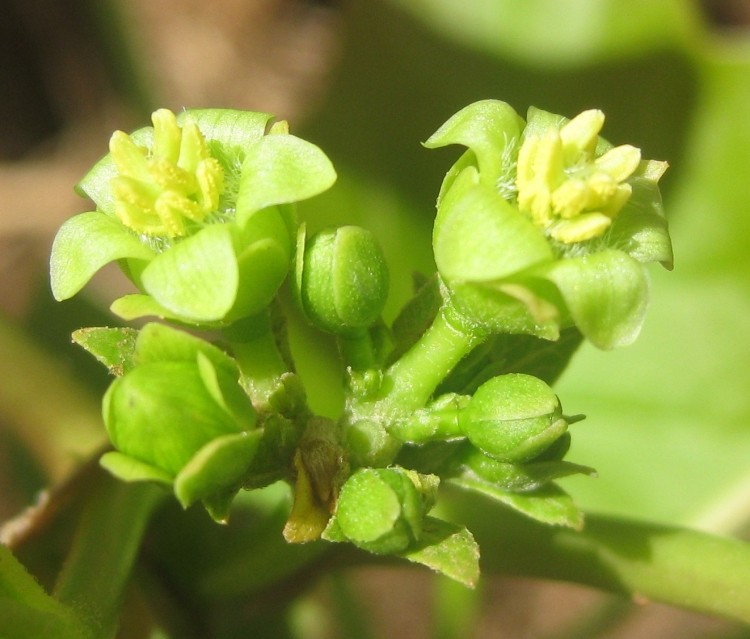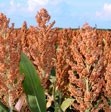Legume potential: Jatropha is underutilized but shouldn’t be

The study published in the Journal of Texture Studies investigated the textural impacts of both jatropha and lupin (lupinus) protein concentrates.
“Although flour or proteins from legumes as lupin had been employed in bread formulation, jatropha had not been studied as a source of protein in baked foods,” the Mexico-based researchers wrote.
Findings showed that lupin negatively impacted the texture and form of dough but that jatropha curcas – a plant native to Central and South America – could be incorporated without any impact to the texture.
“Jatropha protein concentrate has a better performance to fortify white bread with no textural detrimental effects, as compared with lupinus protein concentrate.”
“Although jatropha has not been extensively employed in baking, its functional properties in this kind of food system seem promising since the use of jatropha protein concentrate caused no major effect on bread quality,” they said.
Working in combination with lupin
The researchers also found that jatropha could be used in combination with lupin to counteract the negative textural effects. Lupin hardens bread and leads to lower weight and volume.
“Although lupinus protein concentrate, a more studied seed, seems to have a detrimental effect, its combination with jatropha protein concentrate enhanced dough and bread textural properties...Better texture and crumb quality were obtained with jatropha or jatropha-lupinus formulations,” the researchers said.
Source: Journal of Texture Studies
Published December 2013, Volume 44, Issue 6, pages 424-435. DOI: 10.1111/jtxs.12031
“Effect of Lupinus (Lupinus albus) and Jatropha (Jatropha curcas) Protein Concentrates on Wheat Dough Texture and Bread Quality: Optimization by a D-Optimal Mixture Design”
Authors: A. Totosaus, H. López and N. Güemes-Vera

















